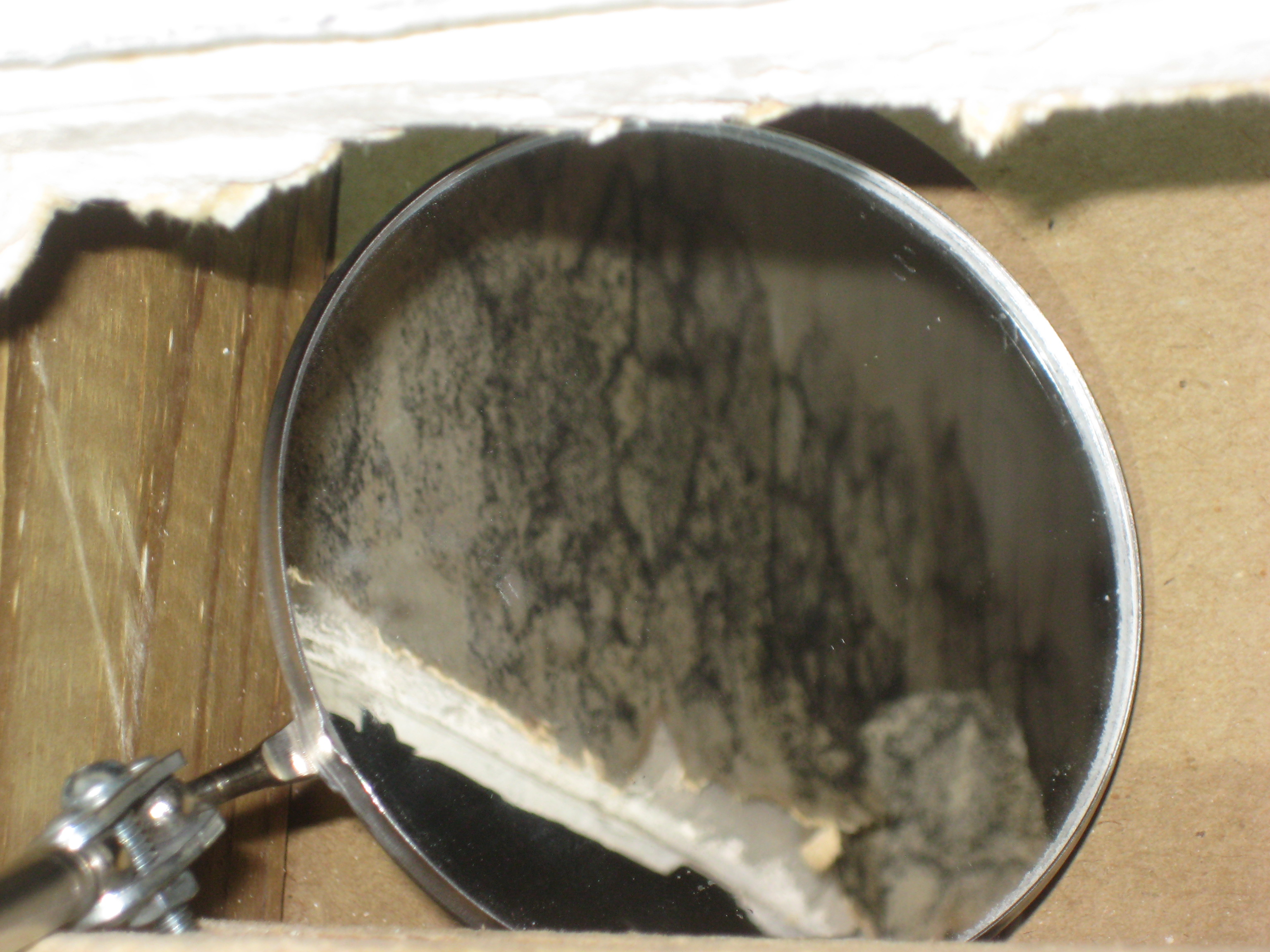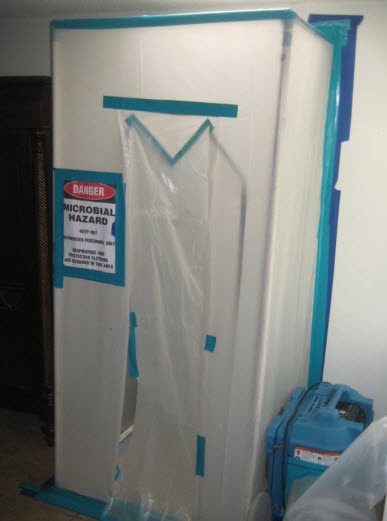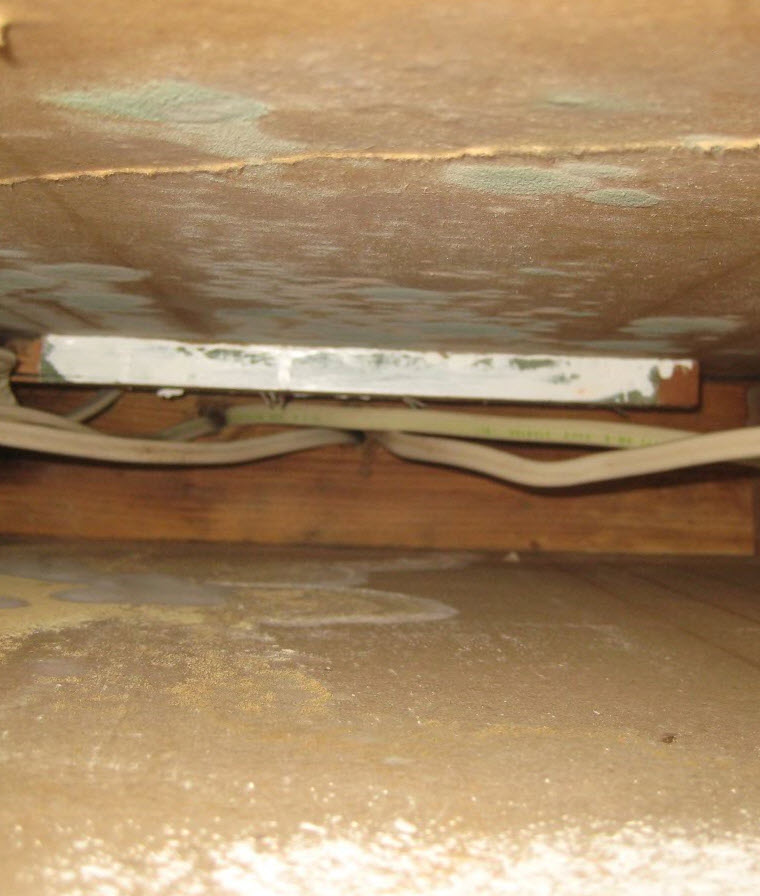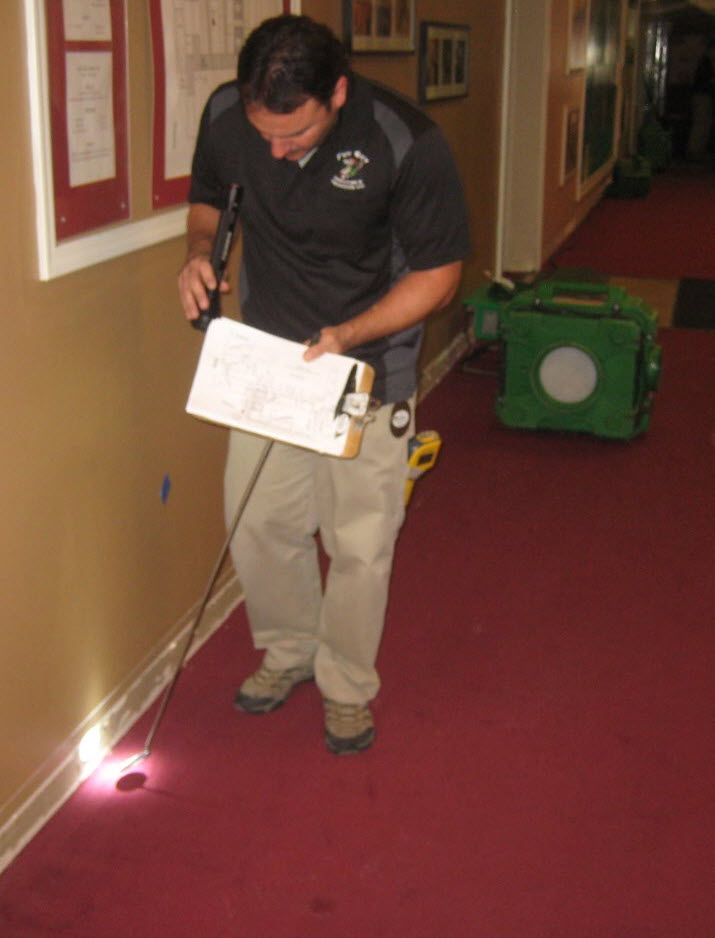Fun Guy Mold Inspection Service Area
Learn More about mold removal and cleaning
(866) 674-7541
Mold
When you have had a water leak in the walls or the roof you will run the possibility of getting mold. Mold is a fungus that will grow in damp wet places. So after you have had a leak you are more likely to have one of different types of mold.
Mold Inspector
When you think you have mold, you will want to call a mold inspector to come out and check your property. Even if you think you know where the mold is in the home, you will want to a professional come out and take a look around. A mold inspector will walk through your entire house looking for mold. There are two main goals of a mold inspector; first they want to find out if you have mold and where it is located in the house. Secondly they will then locate the water damage that caused the mold in the first place.

Containment
Before any mold removal project begins a primary containment should be established and define the work space. Containments help prevent the migration of dust and mold spores from the work space. A containment can be established from plastic and secured with tape.

Mold Removal
Drywall, insulation, and other porous materials with visible mold should be removed from the building. After the moldy materials are removed from the building, they are usually double bagged, and then removed from the primary mold remediation work space.

Mold Cleaning
Not all materials are removed from the area during mold remediation. Lumber, tile, concrete, semi-porous, and non-porous materials can be sanded, HEPA vacuumed, and cleaned with an approved anti-fungal/microbial solution. Learn more about mold cleaning now (866) 674-7541.

Mold Clearance Certificate
Mold Removal vs. Mold Remediation
Significant mold growth may require professional mold remediation to remove the affected building materials and eradicate the source of excess moisture. In extreme cases of mold growth in buildings, it may be more cost-effective to condemn the building than to reduce mold to safe levels. The goals of remediation are to remove (or clean) contaminated materials, preventing fungi (and fungi-contaminated dust) from entering an occupied (or non-contaminated) area while protecting workers performing the abatement.[13]
Cleanup and removal methods
The purpose of cleanup is to eliminate mold and remove contaminated materials. Killing mold with a biocide is insufficient, since chemicals and proteins causing reactions in humans remain in dead mold.


